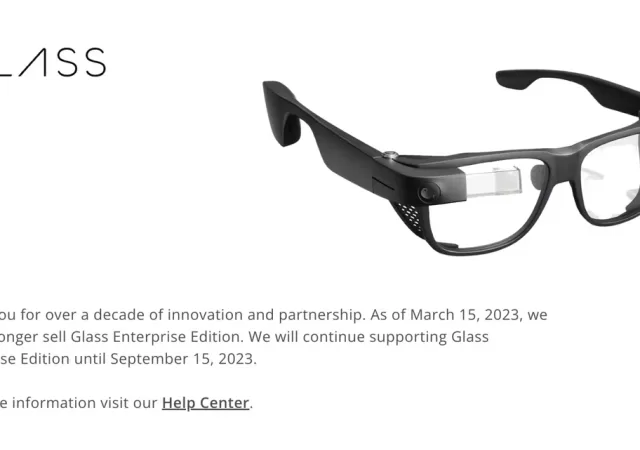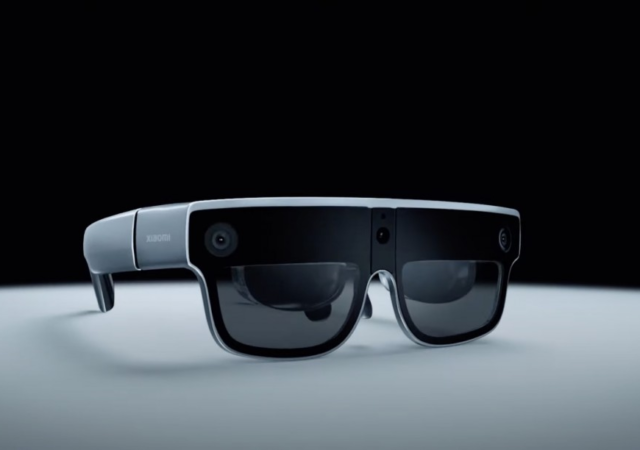Google Glass has stopped selling their Glass hardware this week and announced that they will stop supporting the device in September 2023.
[MWC 2023] Xiaomi Showcases Wireless AR Glasses at MWC 2023
Xiaomi is bringing back the age of smart glasses when they unveiled their new wireless, augmented reality (AR) Glasses. Announced at the MWC 2023 conference in Barcelona, the device is currently at the concept stage and is called the Xiaomi…




